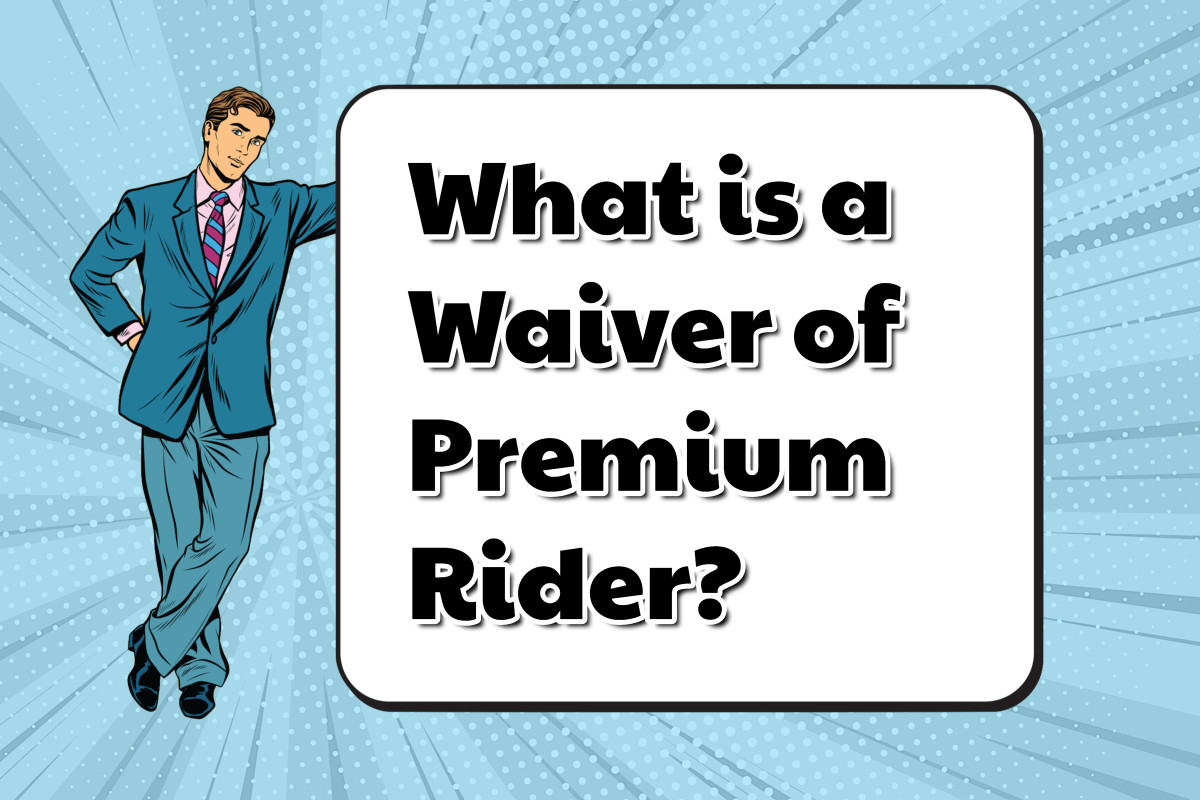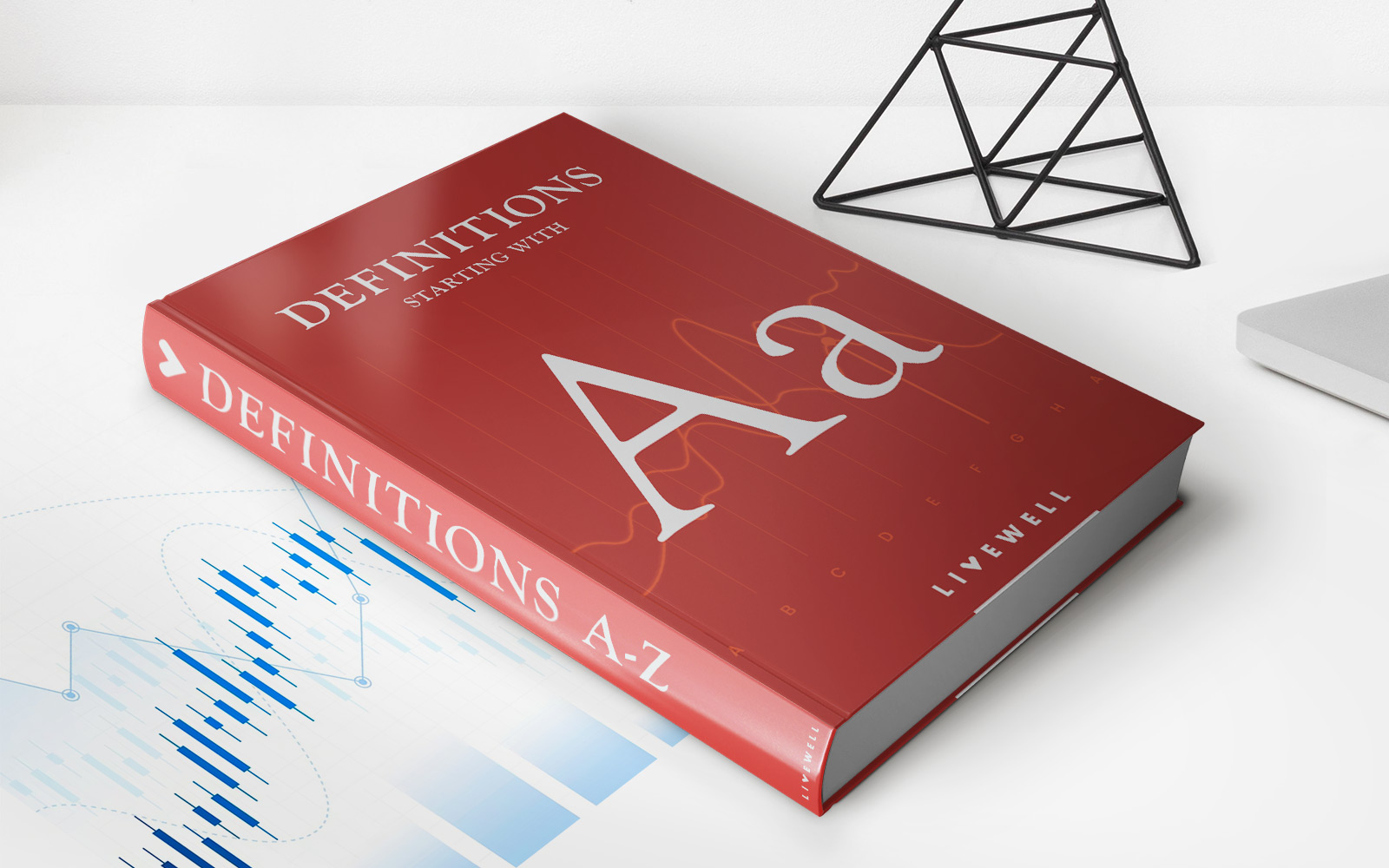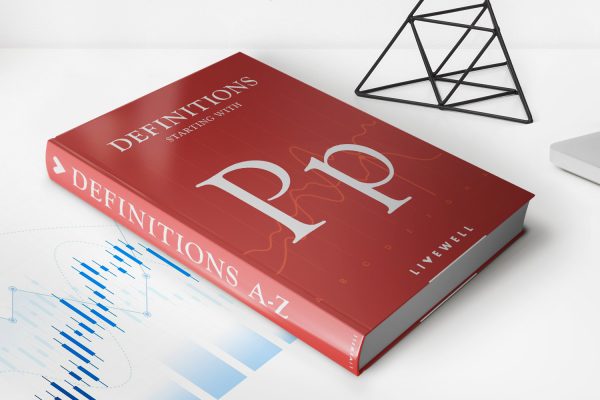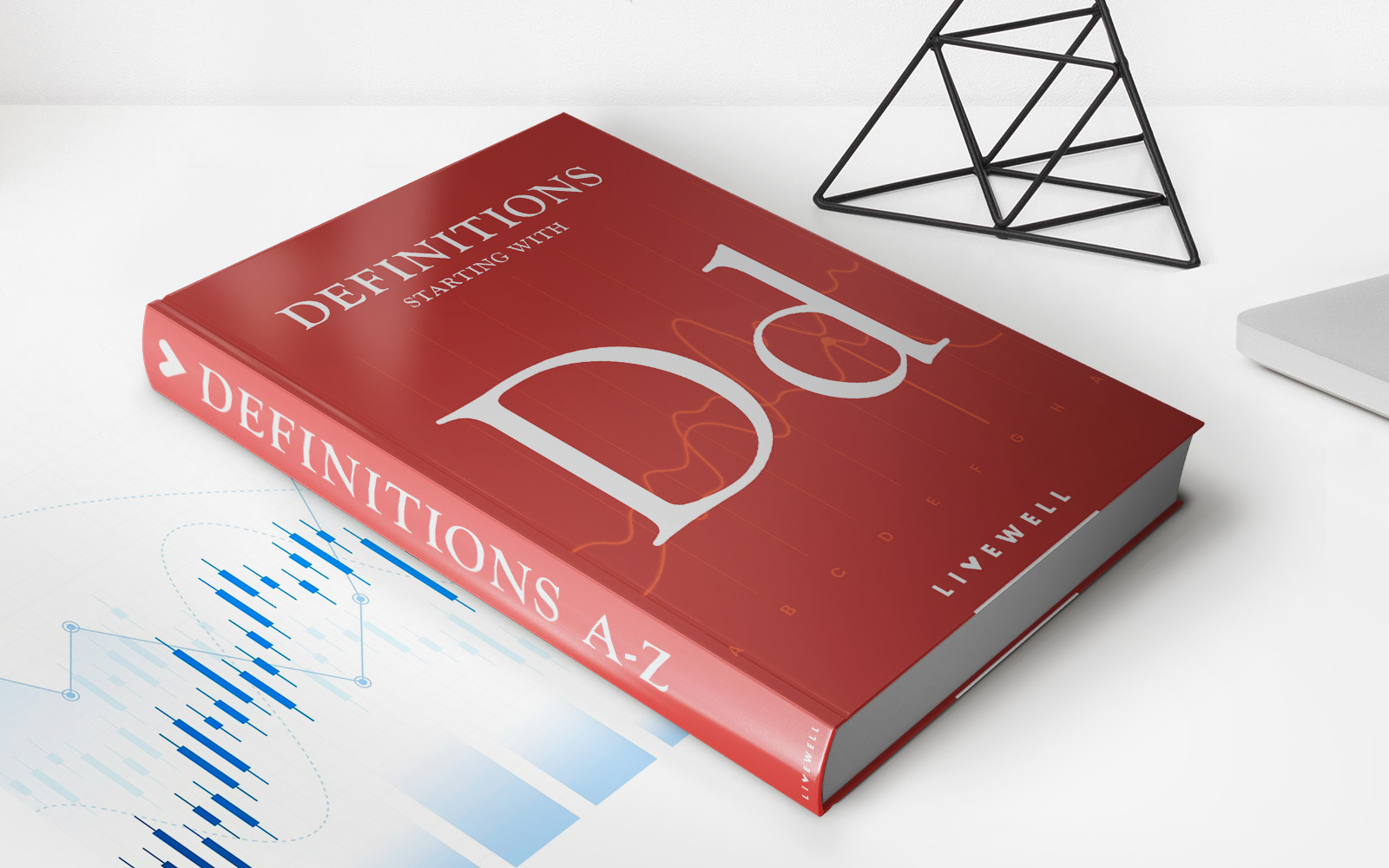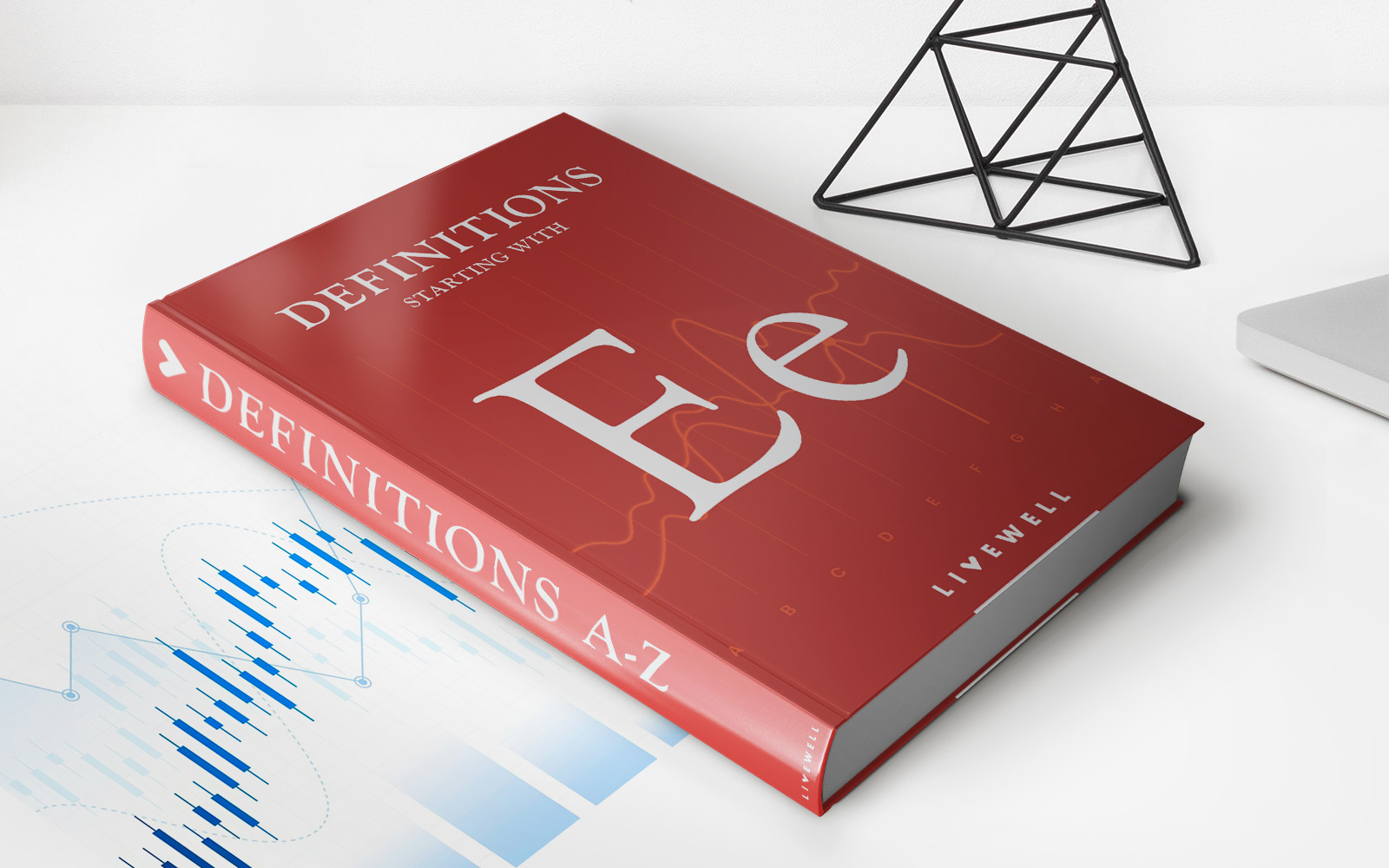Home>Finance>What Is A Flexible Premium Adjustable Life Insurance Policy?


Finance
What Is A Flexible Premium Adjustable Life Insurance Policy?
Published: November 15, 2023
Learn about the benefits of a flexible premium adjustable life insurance policy, a powerful financial tool that allows you to tailor your coverage and payments to suit your needs.
(Many of the links in this article redirect to a specific reviewed product. Your purchase of these products through affiliate links helps to generate commission for LiveWell, at no extra cost. Learn more)
Table of Contents
- Introduction
- Understanding Life Insurance Policies
- What is a Flexible Premium Adjustable Life Insurance Policy?
- How Does a Flexible Premium Adjustable Life Insurance Policy Work?
- Benefits of a Flexible Premium Adjustable Life Insurance Policy
- Considerations before Choosing a Flexible Premium Adjustable Life Insurance Policy
- Conclusion
Introduction
Life insurance is a crucial financial tool that provides protection and peace of mind to individuals and their loved ones. There are various types of life insurance policies available in the market, each with unique features and benefits. One such policy is the Flexible Premium Adjustable Life Insurance Policy.
In this article, we will dive into the details of what a Flexible Premium Adjustable Life Insurance Policy entails, how it works, and the benefits it offers. We will also discuss important considerations to keep in mind when choosing this type of policy.
Life insurance is designed to provide a death benefit to the beneficiaries named by the policyholder in the event of their death. It acts as a financial safety net, offering a lump sum payment that can be used to cover funeral expenses, outstanding debts, and provide financial support to the policyholder’s dependents.
A conventional life insurance policy typically requires policyholders to pay fixed premiums for a specific term length, such as 10, 20, or 30 years. However, a Flexible Premium Adjustable Life Insurance Policy deviates from this structure, allowing policyholders more control and flexibility over their premiums and coverage.
With a Flexible Premium Adjustable Life Insurance Policy, policyholders have the ability to adjust the premium amount they pay and the death benefit coverage to align with their changing financial needs. This flexibility makes it an attractive option for individuals who want the freedom to modify their policy as their circumstances evolve.
Understanding Life Insurance Policies
Before diving into the specifics of a Flexible Premium Adjustable Life Insurance Policy, it’s important to have a basic understanding of life insurance policies in general.
Life insurance is a contract between an individual (the policyholder) and an insurance company. The policyholder pays regular premiums to the insurer, and in return, the insurer agrees to provide a death benefit to the designated beneficiaries upon the policyholder’s death.
There are several types of life insurance policies, including term life, whole life, universal life, and variable life. Each type has its own unique characteristics and benefits.
Term life insurance provides coverage for a specified term, typically 10 to 30 years. If the policyholder passes away during the term, the designated beneficiaries receive the death benefit. However, if the policyholder outlives the term, the coverage expires, and no death benefit is paid.
Whole life insurance is a permanent life insurance policy that provides coverage for the policyholder’s entire lifetime. Premiums are fixed and remain level throughout the policy’s duration. Whole life policies also accumulate cash value over time, which can be accessed by the policyholder through loans or withdrawals.
Universal life insurance is another type of permanent life insurance that offers more flexibility than whole life policies. Policyholders have the ability to adjust premium payments and death benefit amounts, as well as accumulate cash value. Universal life policies also provide investment options, allowing policyholders to potentially grow their cash value through market performance.
Variable life insurance is a form of permanent life insurance that combines a death benefit with investment options. Policyholders can allocate a portion of their premium payments towards investment accounts, such as mutual funds. The cash value of variable life policies fluctuates based on the performance of these investments.
Now that we have a general understanding of life insurance policies, let’s explore the specifics of a Flexible Premium Adjustable Life Insurance Policy.
What is a Flexible Premium Adjustable Life Insurance Policy?
A Flexible Premium Adjustable Life Insurance Policy is a type of life insurance policy that offers policyholders the flexibility to adjust their premium payments and death benefit coverage as their financial circumstances change.
Unlike traditional life insurance policies with fixed premium payments, a Flexible Premium Adjustable Life Insurance Policy allows policyholders to vary the amount they pay toward their premiums, within certain limits set by the insurance company.
This type of policy also gives policyholders the option to modify the death benefit coverage to accommodate their evolving financial needs. The death benefit can be increased or decreased based on the policyholder’s preference, within the policy’s limitations.
With a Flexible Premium Adjustable Life Insurance Policy, policyholders often have the freedom to choose how their premiums are invested. They can allocate their premium payments into various investment options offered by the insurance company, such as stocks, bonds, or mutual funds. The performance of these investments can potentially impact the policy’s cash value.
It’s important to note that the flexibility offered by a Flexible Premium Adjustable Life Insurance Policy comes with certain limitations. Insurance companies typically set minimum and maximum premium amounts that policyholders can pay, as well as a minimum and maximum death benefit that can be chosen.
A key feature of this type of policy is the ability to accumulate cash value over time. The cash value serves as a savings component, growing tax-deferred based on the policy’s investment performance. Policyholders may be able to access the cash value through loans or withdrawals during their lifetime, providing an extra source of funds if needed.
Overall, the flexibility provided by a Flexible Premium Adjustable Life Insurance Policy makes it an attractive choice for individuals who anticipate changes in their financial situation and want the ability to modify their coverage accordingly. It offers a level of adaptability that traditional life insurance policies may not provide.
How Does a Flexible Premium Adjustable Life Insurance Policy Work?
A Flexible Premium Adjustable Life Insurance Policy operates differently than traditional life insurance policies. Understanding how it works can help policyholders make informed decisions about their coverage.
When a policyholder purchases a Flexible Premium Adjustable Life Insurance Policy, they have the flexibility to adjust the amount of their premium payments within certain limits set by the insurance company. Policyholders can choose to pay higher premiums to potentially increase their cash value and death benefit, or they can opt for lower premiums to conserve their financial resources.
The policyholder also has the option to modify the death benefit coverage. They can increase or decrease the death benefit amount based on their changing needs. This flexibility allows policyholders to align their coverage with major life events, such as marriage, the birth of a child, or changes in financial obligations.
Policyholders can often choose how their premium payments are allocated. They have the opportunity to select from a range of investment options offered by the insurance company, such as stocks, bonds, or mutual funds. The performance of these investments can impact the policy’s cash value growth.
As policyholders make premium payments, a portion of the funds goes towards administrative costs and the life insurance coverage itself, while the remaining amount is allocated to the cash value account. The cash value accumulates over time, growing tax-deferred based on the policy’s investment performance.
The cash value can be accessed by the policyholder through policy loans or withdrawals. However, it’s important to consider that any outstanding loans or withdrawals may reduce the policy’s death benefit if not repaid.
In addition to the flexibility in premium payments and death benefit coverage, policyholders also have the option to convert their Flexible Premium Adjustable Life Insurance Policy into a different type of policy, such as a whole life or universal life policy, if their needs change in the future.
It’s crucial for policyholders to review their policy regularly and consult with their insurance advisor to ensure that the policy continues to meet their financial goals and needs throughout their lifetime.
Overall, a Flexible Premium Adjustable Life Insurance Policy allows policyholders to customize their coverage and premium payments, providing them with more control and adaptability as their circumstances evolve.
Benefits of a Flexible Premium Adjustable Life Insurance Policy
A Flexible Premium Adjustable Life Insurance Policy offers several advantages that make it an appealing choice for individuals seeking flexibility and customization in their life insurance coverage. Here are some of the key benefits:
1. Flexibility in Premium Payments: Unlike traditional life insurance policies with fixed premium amounts, a Flexible Premium Adjustable Life Insurance Policy allows policyholders to adjust their premium payments within certain limits. This flexibility enables policyholders to increase or decrease their premiums based on their financial situation, allowing them to manage their policy more effectively.
2. Adjustable Death Benefit: With a Flexible Premium Adjustable Life Insurance Policy, policyholders have the ability to modify the death benefit coverage. This means they can increase or decrease the amount of coverage based on their changing needs. This adaptability allows policyholders to align their coverage with major life events, ensuring their loved ones are adequately protected.
3. Cash Value Accumulation: One of the key features of this type of policy is the cash value accumulation. The policy’s cash value grows over time based on the policyholder’s premium payments and the performance of their chosen investments. This cash value can be accessed through loans or withdrawals, providing policyholders with a potential source of funds for future needs.
4. Investment Options: Flexible Premium Adjustable Life Insurance Policies often offer a range of investment options to policyholders. This gives them the opportunity to allocate their premium payments into different investment vehicles, such as stocks, bonds, or mutual funds. The performance of these investments can impact the policy’s cash value growth, providing the potential for additional returns.
5. Convertibility: Another advantage of a Flexible Premium Adjustable Life Insurance Policy is the option to convert the policy into a different type of policy, such as whole life or universal life. This conversion feature allows policyholders to adapt their coverage to better suit their changing needs in the future.
6. Tailored Coverage: The flexibility offered by this type of policy allows policyholders to tailor their coverage to match their unique circumstances. Whether they need more coverage for a specific period or want to lower their premiums during a financial crunch, a Flexible Premium Adjustable Life Insurance Policy provides the ability to adjust the policy accordingly.
7. Potential Tax Benefits: The policy’s cash value growth is typically tax-deferred, meaning policyholders do not have to pay taxes on the earnings as long as the funds remain within the policy. This tax advantage can help policyholders maximize the growth of their cash value over time.
It’s important to note that the specific benefits and features may vary depending on the insurance company and the terms of the policy. It is advisable for individuals considering this type of policy to review the details and consult with an insurance professional to understand all the benefits and limitations before making a decision.
Considerations before Choosing a Flexible Premium Adjustable Life Insurance Policy
While a Flexible Premium Adjustable Life Insurance Policy offers flexibility and customization, it’s essential to consider several factors before deciding if it’s the right type of policy for you. Here are some considerations to keep in mind:
1. Financial Stability: It’s important to assess your financial stability and ability to meet fluctuating premium payments. If you anticipate significant changes in your income or expenses, a flexible policy may be beneficial. However, if you have a fixed budget and prefer consistent premium payments, a traditional life insurance policy may be more suitable.
2. Long-Term Commitment: Before purchasing a Flexible Premium Adjustable Life Insurance Policy, evaluate your commitment to the policy. This type of policy is designed for individuals who plan to hold the coverage for an extended period. Exiting the policy early may result in financial penalties or loss of accumulated cash value.
3. Investment Risks: With a Flexible Premium Adjustable Life Insurance Policy, you have the option to allocate your premium payments into investments. It’s crucial to consider your risk tolerance and investment knowledge when selecting investment options. Understanding the potential risks and rewards associated with different investments is vital for making informed decisions.
4. Policy Management: A flexible policy requires active management. Regularly reviewing and adjusting your premium payments, death benefit, and investment allocations is necessary to ensure the policy remains aligned with your changing needs and financial goals. If you prefer a more hands-off approach to your life insurance, a traditional policy may be a better fit.
5. Financial Goals and Needs: Consider your long-term financial goals and needs when choosing a life insurance policy. If you anticipate a need for higher coverage during specific stages of your life, such as mortgage payments or college expenses, a flexible policy can be tailored to accommodate those needs. On the other hand, if you have a clear understanding of your long-term financial needs, a traditional policy may provide a more straightforward solution.
6. Professional Guidance: Seeking advice from a qualified insurance professional is crucial when considering a Flexible Premium Adjustable Life Insurance Policy. They can help you understand the intricacies of the policy, evaluate your financial situation, and guide you in making an informed decision. They can also assist in assessing other types of life insurance policies to ensure you choose the one that best suits your needs.
7. Policy Limitations: It’s important to review the policy’s terms and limitations. Understand the minimum and maximum premium payments, death benefit options, and any restrictions on cash value access. Familiarize yourself with any potential fees or penalties associated with modifying the policy or accessing the cash value.
Considering these factors and seeking professional guidance will help you determine if a Flexible Premium Adjustable Life Insurance Policy aligns with your financial situation, goals, and risk tolerance. By making an informed decision, you can select a policy that provides the flexibility and benefits you need while ensuring financial security for yourself and your loved ones.
Conclusion
In conclusion, a Flexible Premium Adjustable Life Insurance Policy offers policyholders flexibility and customization in their life insurance coverage. This type of policy allows individuals to adjust their premium payments and death benefit coverage to align with their changing financial needs and goals.
With a Flexible Premium Adjustable Life Insurance Policy, policyholders have the freedom to increase or decrease their premium payments within certain limits set by the insurance company. They can also modify their death benefit coverage to accommodate major life events or changing financial circumstances.
The ability to allocate premium payments into various investment options offers the potential for cash value accumulation. This cash value growth is tax-deferred and can be accessed through loans or withdrawals, providing additional financial flexibility.
Before choosing a Flexible Premium Adjustable Life Insurance Policy, it’s important to consider your financial stability, long-term commitment, investment risks, policy management requirements, financial goals, and seek professional guidance. Understanding the limitations and terms of the policy will help you make an informed decision that aligns with your needs and circumstances.
Ultimately, a Flexible Premium Adjustable Life Insurance Policy can be an attractive option for individuals who want the ability to customize their coverage and adjust their premiums as their financial situation evolves. It offers the potential for flexibility, cash value accumulation, and tailored coverage to provide peace of mind and financial security for both policyholders and their loved ones.




